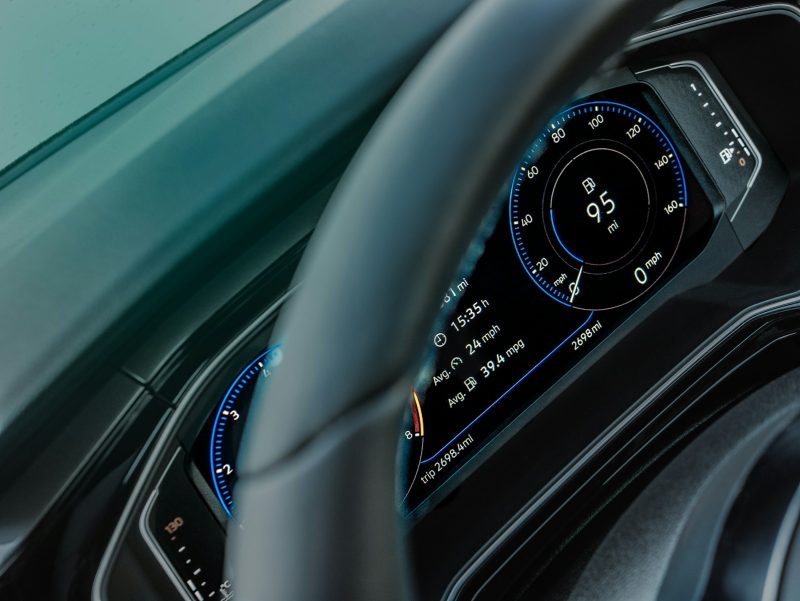Technology is no longer just a supporting player in our daily lives—it has become the stage, the script, and often the star of the show. From blockchain innovations to AI-powered assistants, the pace of change is accelerating, setting the stage for what many are calling the next digital revolution. But what trends are leading the charge, and how will they reshape industries and lifestyles in the years ahead?
Artificial Intelligence Everywhere
Artificial Intelligence (AI) has moved beyond science fiction and into our pockets, homes, and workplaces. From predictive algorithms that personalize your shopping experience to AI-powered medical diagnostics, the impact of machine learning is impossible to ignore. In business, AI is streamlining decision-making, automating processes, and even creating entirely new job categories.
What makes AI particularly disruptive is its ability to adapt and improve. Unlike static technologies, AI evolves with every interaction, which means its potential applications are limitless. As computing power grows, so too does AI’s ability to tackle complex problems, paving the way for smarter cities, more efficient energy grids, and even personalized healthcare.
AI also raises ethical questions that can’t be ignored. As algorithms make more decisions on our behalf, issues like bias, transparency, and accountability come to the forefront. Policymakers, developers, and users will all play a role in shaping how AI integrates responsibly into society.
Blockchain Beyond Cryptocurrency
While Bitcoin may have put blockchain on the map, this technology’s potential extends far beyond digital currencies. Businesses are increasingly adopting blockchain for supply chain transparency, secure voting systems, and digital identity protection. It offers a decentralized, tamper-proof way to record transactions and verify authenticity.
This shift is especially important in industries where trust and verification are critical. For example, in logistics, blockchain can trace a product’s journey from manufacturer to consumer, ensuring accountability at every step. In finance, decentralized ledgers cut out middlemen, lowering costs and speeding up processes. As adoption grows, blockchain could become the backbone of a more transparent digital economy.
Governments are also exploring blockchain for public record-keeping, land registry, and tax collection. Its ability to reduce fraud and improve efficiency makes it a natural candidate for systems where accuracy is paramount.
The Rise of Portable Tech
The days when portable devices were limited to basic communication are long gone. Today, smartphones act as wallets, entertainment centers, health monitors, and productivity tools. Wearables like smartwatches and fitness trackers extend this portability, putting powerful data and real-time analytics right on our wrists.
This shift is part of a broader movement toward personal technology ecosystems. As devices get smaller, smarter, and more connected, they’re becoming gateways into our digital lives. For many, the next step isn’t just convenience—it’s personalization. Innovations such as emerging vape technology illustrate how portable devices can merge lifestyle and tech in unexpected ways, creating hybrid tools that reflect user habits and preferences.
Even more exciting is the potential for cross-functionality. Imagine a future where your smartwatch not only tracks your health but syncs seamlessly with your car, home, and even your workplace systems. The rise of portable tech is pushing us toward an era where our devices are less like tools and more like extensions of ourselves.
Sustainable Technology on the Rise
As technology expands, so does its environmental footprint. From energy-hungry data centers to electronic waste, the digital age has sparked urgent conversations about sustainability. Fortunately, innovation is also providing solutions.
Green tech is no longer a niche sector; it’s a necessity. Companies are racing to build energy-efficient hardware, while governments push for stricter regulations on emissions and waste. Renewable energy sources are being integrated into power grids, and advancements in battery technology are extending the life cycle of devices. The next digital revolution won’t just be about speed and intelligence; it will be about responsibility.
Sustainability is also driving consumer choices. People are beginning to demand eco-conscious products, from recyclable packaging to modular devices designed for repair rather than disposal. Brands that fail to embrace sustainability risk being left behind by both regulators and customers.
Immersive Realities: VR and AR
Virtual Reality (VR) and Augmented Reality (AR) are redefining how we interact with both digital and physical spaces. From immersive gaming experiences to remote collaboration tools, these technologies are moving beyond novelty into everyday utility.
Businesses are using AR to train employees, architects are designing buildings with VR walkthroughs, and educators are creating more interactive classrooms. As hardware becomes more affordable and content more diverse, immersive realities will become a staple of communication, learning, and entertainment.
In healthcare, VR is being used for everything from surgical training to pain management therapy. AR is helping frontline workers visualize instructions in real time. These immersive tools don’t just entertain, they solve real-world problems and open new opportunities for industries worldwide.
The Role of 5G and Connectivity
No discussion of disruptive technology is complete without 5G. This next-generation connectivity standard is fueling many of the innovations mentioned above. With faster speeds and lower latency, 5G enables real-time communication between devices, making smart cities, autonomous vehicles, and advanced IoT ecosystems possible.
For consumers, 5G means smoother streaming, faster downloads, and more reliable connections in crowded areas. For businesses, it unlocks possibilities like cloud-based gaming, seamless teleconferencing, and connected manufacturing facilities. As infrastructure expands, 5G will act as the nervous system of the digital revolution.
Cybersecurity in a Hyperconnected World
With greater connectivity comes greater risk. Cybersecurity is one of the defining challenges of the digital age. As more data is collected and shared, protecting it becomes paramount. Ransomware, phishing, and state-sponsored attacks are evolving, making robust cybersecurity strategies non-negotiable.
The good news is that security technologies are advancing as well. Biometric authentication, zero-trust frameworks, and AI-driven threat detection are helping organizations stay one step ahead. Cybersecurity is no longer just the responsibility of IT departments; it’s becoming a cornerstone of digital literacy for individuals and businesses alike.
The Convergence Ahead
The most exciting aspect of these disruptive trends isn’t just their individual impact, but how they converge. AI, blockchain, portable tech, sustainable innovation, immersive realities, and advanced connectivity are intersecting to form new ecosystems of possibility. Imagine a smart city where renewable-powered grids are managed by AI, blockchain secures digital identities, and citizens interact through AR-enhanced platforms, all powered by lightning-fast 5G networks.
This convergence will also transform work and education. Hybrid offices will integrate AR collaboration, blockchain-backed contracts, and AI-driven productivity tools. Schools will blend VR classrooms with AI tutoring systems, bridging geographic and economic divides. The opportunities are vast, but so are the responsibilities of ensuring equity and access.
Looking Toward 2030
If the past decade has taught us anything, it’s that technology moves faster than predictions. By 2030, we may see quantum computing enter the mainstream, offering solutions to problems previously thought unsolvable. Brain-computer interfaces could give humans new ways to interact with machines. Personalized medicine may use AI to tailor treatments to our genetic profiles.
The road ahead will not be without bumps. Questions around privacy, inequality, and environmental impact will persist. However, with thoughtful regulation, inclusive innovation, and consumer awareness, the next digital revolution could be one that balances progress with responsibility.
Final Thoughts
Technology is evolving faster than ever, and its ripple effects are reaching every corner of society. The innovations shaping this revolution aren’t just about convenience; they’re redefining trust, sustainability, and human interaction. By staying aware of the trends driving disruption today, we can better prepare for the opportunities and challenges that tomorrow’s digital world will bring.
The digital revolution is not a distant event on the horizon; it’s here, unfolding in real time. The choices we make today, from the technologies we adopt to the policies we enforce, will shape not just the future of innovation but the future of humanity itself.








